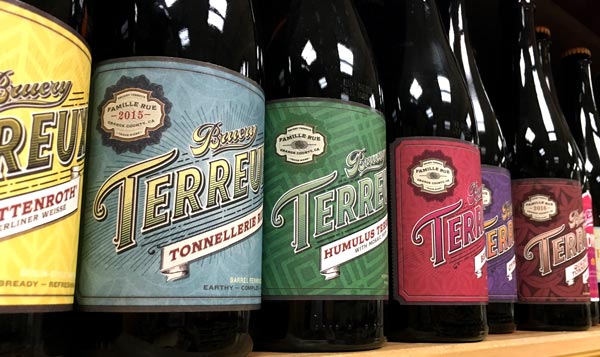
Beer Department: Barrel Aging vs. Barrel Fermenting
Back to feed- Posted: 4/16/2017
- Categories: Craft Beer
|
The interplay of beer and wood is complex and somewhat daunting to fully grasp. I won’t pretend to be able to cover it all here – for an in-depth exploration of everything you’d ever need to know, I strongly recommend Wood and Beer by Dick Cantwell and Peter Bouckaert. What’s important for our purposes is to know that some styles of beer, by definition, come into contact with wood. Ambitious brewers today are even exposing beers that traditionally saw no wood whatsoever to wood in the hopes of deriving
|
One of the most important aspects to understand in evaluating wood’s influence on beer is knowing whether the beer was merely aged in wood or if the fermentation actually took place in wood. Perhaps the best known example of a barrel aged beer is Kentucky Bourbon Barrel Ale from Alltech’s Lexington Brewing Co. This beer is their standard ale, an amber ale, that is fermented in typical stainless steel fermenters. After the beer is finished fermenting, the completed beer is transferred into oak bourbon barrels for six weeks where it picks up flavors of vanilla and baking spices that has endeared the beer to untold thousands of adoring fans.
|
By contrast, a barrel fermented beer will be transferred directly into oak vessels immediately upon leaving the brew kettle. Here, the wort (unfermented beer) will spend the entirety of its fermentation in wood, be that big foudres, wine barrels, bourbon barrels, clean oak, or whatever else it might be. Because the very lively process of fermentation is taking place in wood, the wood becomes a much more active participant in leaving its fingerprint on the final beer.
|
Cheers! Eric – Eastgate





